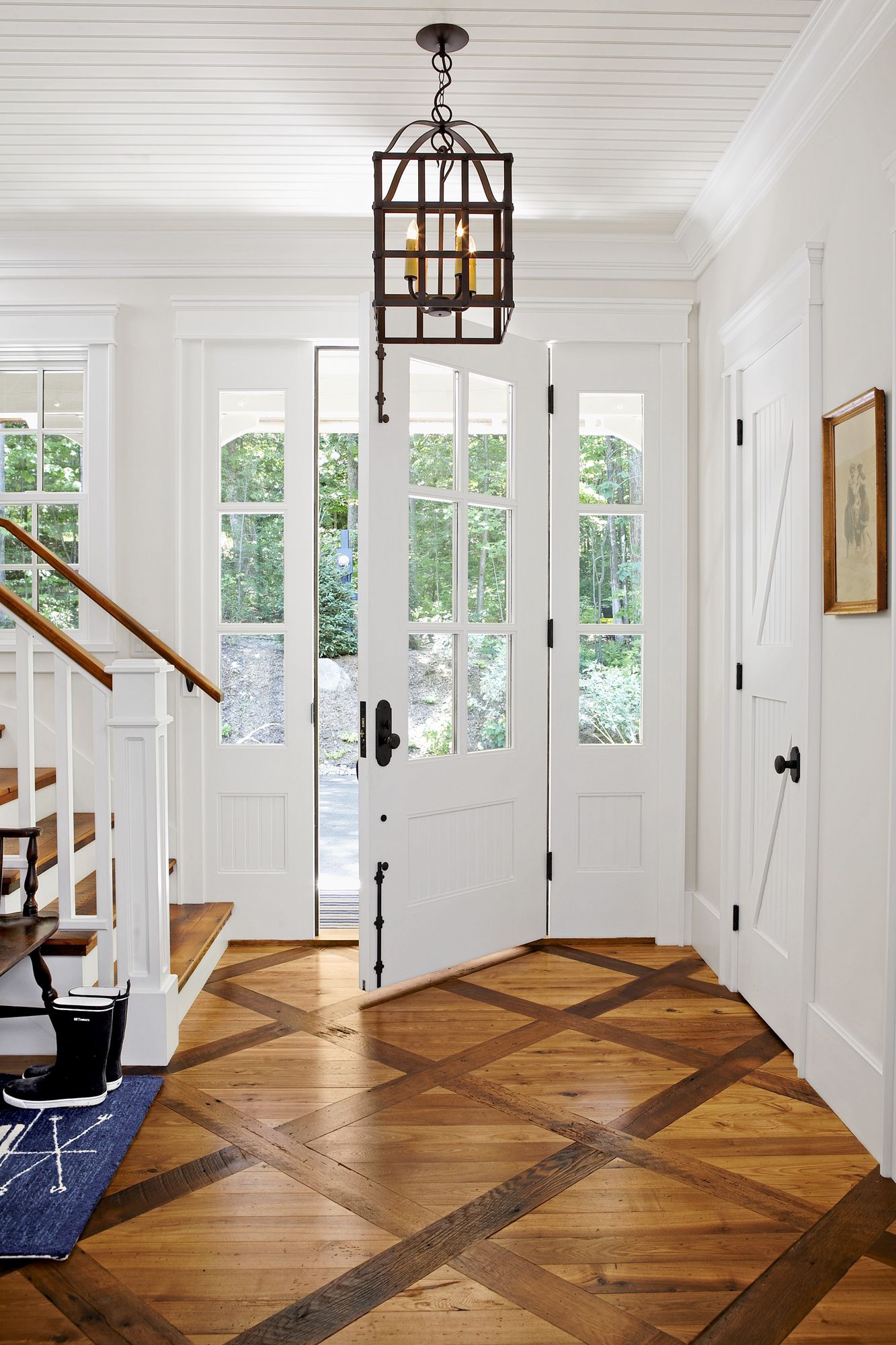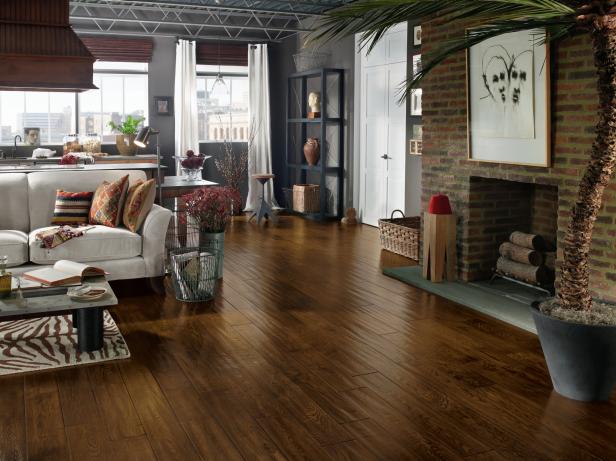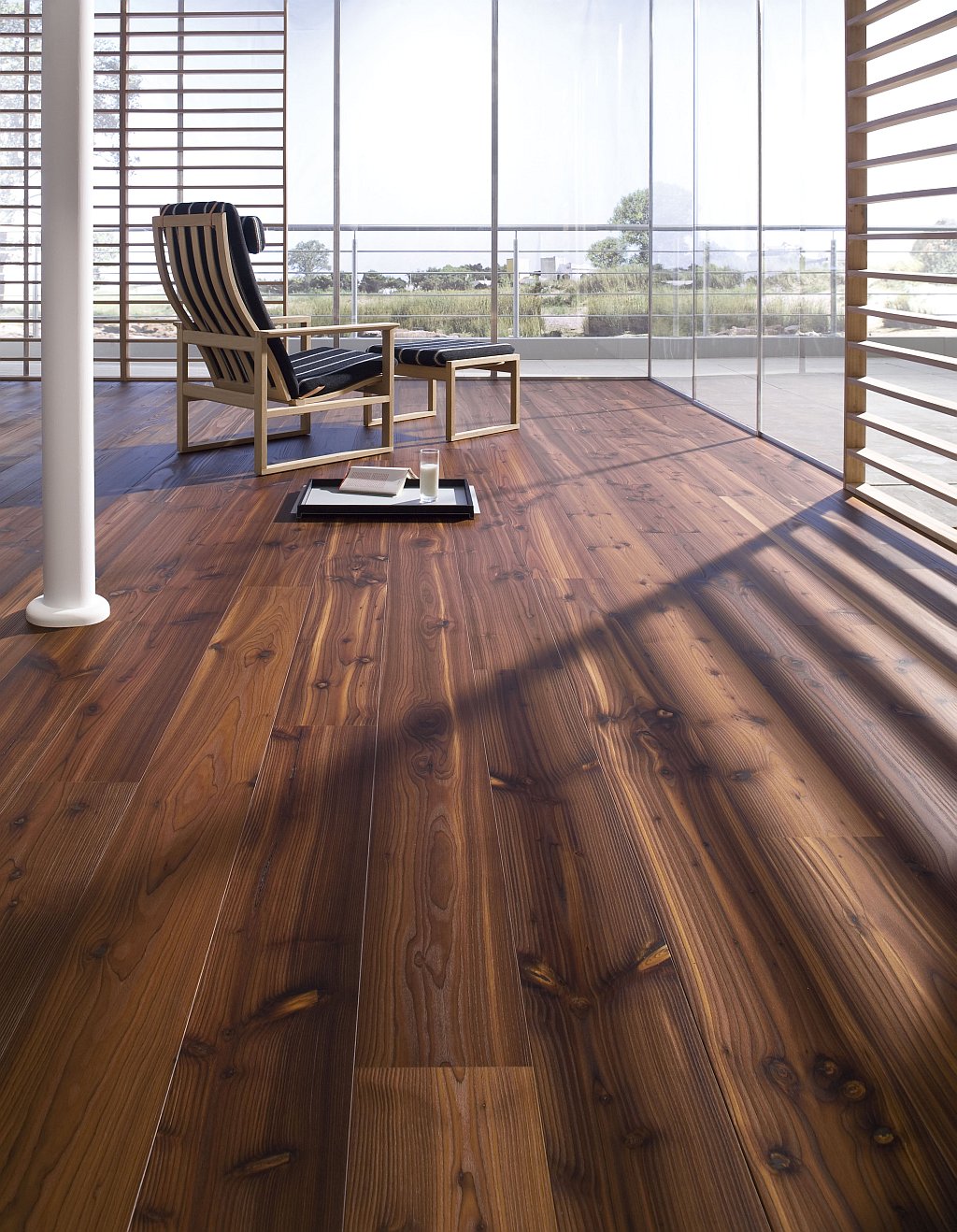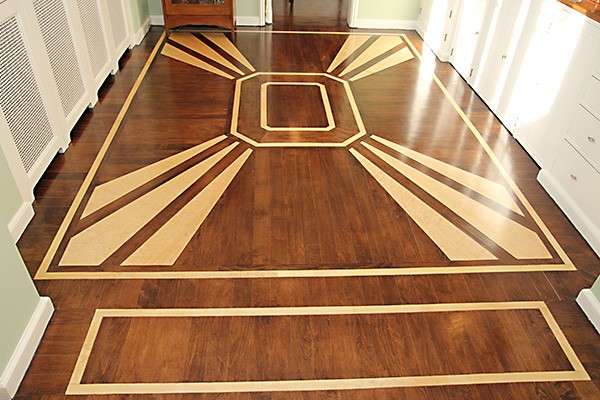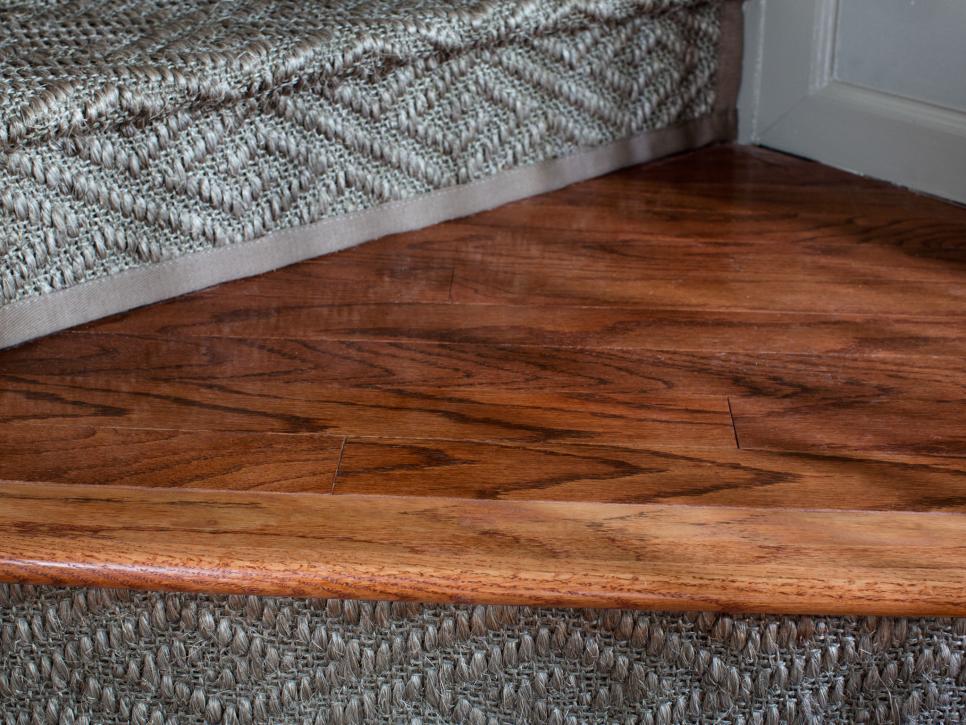Choose the Right Wood Type for Your Lifestyle and Home Aesthetic
Picking the right species of wood is one of the first and most important decisions you’ll make. Different types of wood offer distinct looks, textures, and performance levels. Your lifestyle and interior design goals should drive your decision-making here.
- Think about hardness and durability. If you have kids, pets, or heavy foot traffic, go for hardwoods like oak, maple, or hickory. Softer woods like pine might look beautiful, but they tend to dent and scratch more easily over time.
- Consider the wood grain and pattern. Oak has a more prominent grain and is a favorite for traditional homes. Maple has a more subtle grain that works well in modern or minimalist interiors. Walnut offers a deep, rich color with a smoother grain, great for a more luxurious look.
- Match the wood color to your design palette. Light woods such as ash or white oak can brighten up a space and make it feel more open. Dark woods like mahogany or walnut add depth and sophistication, especially in larger or formal spaces.
- Look into engineered vs. solid hardwood. Engineered wood is made of a plywood base with a real wood veneer, making it more stable in areas with humidity or temperature changes. Solid hardwood is thicker and can be sanded down more times, which may extend its lifespan.
- Think long-term. It’s tempting to go with trendy wood types, but classics like oak, maple, and walnut have proven appeal that won’t go out of style. They also tend to increase a home’s resale value.

Get the Finish and Stain Just Right
The finish and stain you choose will dramatically affect both the appearance and the performance of your wood floor. This part of the process is where you control sheen, color, and texture—all of which can completely change how your floor interacts with the room.
Choose your sheen level wisely. Matte and satin finishes are more forgiving of scratches and dirt, while glossy finishes show imperfections more easily. Satin is often the best middle ground for family homes.
Don’t overlook the stain color. Even the same species of wood can look wildly different with a different stain. Test samples in your actual space with natural and artificial light before making a final decision.
Pre-finished vs. site-finished floors. Pre-finished floors are stained and sealed in the factory, offering a quicker installation process. Site-finished floors are stained and sealed in your home, allowing for more customization and a smoother surface overall.
Use wire-brushed or hand-scraped finishes for character. These textures can add a rustic or aged look, and they’re great for disguising everyday wear and tear. If your goal is to create a cozy, lived-in feel, this is a smart choice.
Stay away from overly trendy colors. While gray, whitewashed, or deep ebony stains may be popular now, they may not age well. Go for a timeless look unless you’re okay with a future re-staining job.
Plan Your Layout and Direction Thoughtfully
The direction in which your planks are laid and the layout pattern can significantly influence the mood and visual size of the space. A small design tweak here can completely shift the way a room feels.
Lay boards parallel to the longest wall. This simple rule helps elongate the space and create a smoother flow throughout the room. It’s an easy trick to make a room feel bigger than it is.
Use diagonal or herringbone layouts for visual interest. These layouts add a sophisticated edge and can be used to define spaces in open-plan designs. Keep in mind that they may cost more due to extra cutting and installation time.
Align flooring with natural light. Planks that run in the same direction as incoming sunlight help highlight the wood grain and reduce visible seams. It gives the floor a cleaner, more seamless look.
Create transitions between spaces. Use subtle design cues like board direction changes, borders, or thresholds to visually break up large areas. This helps define zones without walls.
Avoid overly complex patterns in small rooms. While it’s tempting to get creative, too much pattern in a compact space can feel overwhelming. Stick with classic layouts unless you have enough room to pull it off.
Use Width, Length, and Edge Style to Your Advantage
The size and shape of your planks, as well as their edge detail, play a big role in the final visual result. These small details often go unnoticed at first glance, but they contribute significantly to the overall effect.
Go wide in open spaces. Wide planks (5 inches and up) look stunning in large rooms and make them feel even more expansive. They show more of the wood grain and provide a more contemporary feel.
Use narrower planks in traditional settings. Older homes and cottage-style interiors often look best with thinner boards, as they align with the historical context of the space.
Vary the plank lengths. Uniform board lengths can make a floor look too precise or manufactured. Mixed-length planks feel more organic and add a touch of authenticity.
Decide between beveled and square edges. Beveled edges create grooves between boards and can give a more rustic or casual appearance. Square edges provide a seamless look that’s clean and modern.
Mind the scale of your room. Larger boards can make a small room feel cluttered, just as small planks can get lost in a big space. Balance the board size with the room dimensions for the best results.
Incorporate Flooring into the Overall Design Scheme
Your wood floor should feel like a natural part of your home’s design language. It shouldn’t exist in isolation—it should work in harmony with your furniture, wall colors, and overall vibe of the house.
Coordinate with cabinetry and built-ins. If you’re using wood cabinets or trim, aim for complementary tones. They don’t need to match exactly, but they should feel cohesive.
Balance warm and cool tones. If your floor has warm undertones (like red or yellow), choose wall and furniture colors that work with those hues. Cool-toned floors look better with grays, blues, and soft greens.
Think about texture contrast. If your floor is smooth and sleek, bring in soft rugs, cozy textiles, or matte-finished furniture to keep the room from feeling too hard or cold.
Make your flooring a feature or a backdrop. Decide early whether the floor is meant to be a statement piece or a supporting element. That choice will influence everything from rug selection to wall paint.
Stay consistent across connected spaces. Using different wood floors in adjacent rooms can look disjointed. When possible, run the same flooring throughout or choose transitions that are seamless and intentional.
Common Mistakes to Avoid
When it comes to wood flooring, it’s easy to get excited and overlook practical concerns. One of the biggest mistakes I see people make is choosing a floor based on appearance alone without considering durability or maintenance.
Another misstep is failing to test flooring samples in their own home environment—lighting and wall colors can drastically alter the look of a floor. Also, people sometimes rush the installation and end up with poorly aligned planks or inconsistent transitions.
Don’t forget to account for future furniture layout and traffic flow when planning your design. And finally, trying to match every wood tone in the house can lead to a space that feels overly controlled. Let there be variation—it’s what gives your home personality.
What type of wood flooring is best for high-traffic areas?
Hardwoods like oak, hickory, and maple are great for areas with a lot of foot traffic because of their density and scratch resistance. Engineered hardwood with a strong top layer is also a solid option, especially if you’re worried about moisture or movement.
Can I mix different types of wood flooring in my home?
Yes, you can, but it’s best to do so thoughtfully. Try to stick with similar undertones (warm or cool) and use transitions between rooms to make changes feel intentional. Avoid placing two drastically different wood tones right next to each other without a clear break.
What’s the most timeless wood floor color?
Mid-tone browns are usually the safest choice for long-term appeal. They work with most design styles and aren’t as likely to go out of fashion as very light or very dark floors. Natural finishes that highlight the wood’s grain are also a timeless option.
Is it better to use wide or narrow planks?
It depends on your space. Wide planks can make large rooms feel more open and modern, while narrow planks suit smaller rooms or homes with traditional architecture. You can also mix widths for a more customized look.
How do I clean and maintain wood floors without damaging them?
Use a soft broom or vacuum with a floor-brush attachment for everyday cleaning. Avoid soaking the floor with water—opt for a damp mop and wood-specific cleaner. Use felt pads under furniture and rugs in high-traffic zones to prevent wear.
Should my wood floors match my furniture?
Not necessarily. Matching everything can make a room feel flat. It’s better to aim for coordination rather than uniformity. For example, mix light wood floors with darker furniture for contrast or combine cool and warm tones for depth.
WOOD FLOOR DESIGNS
Choosing the Best Wood Flooring for Your Home
Tips for Hardwood Floor Designs
Tips for Matching Wood Floors
Related Posts:



